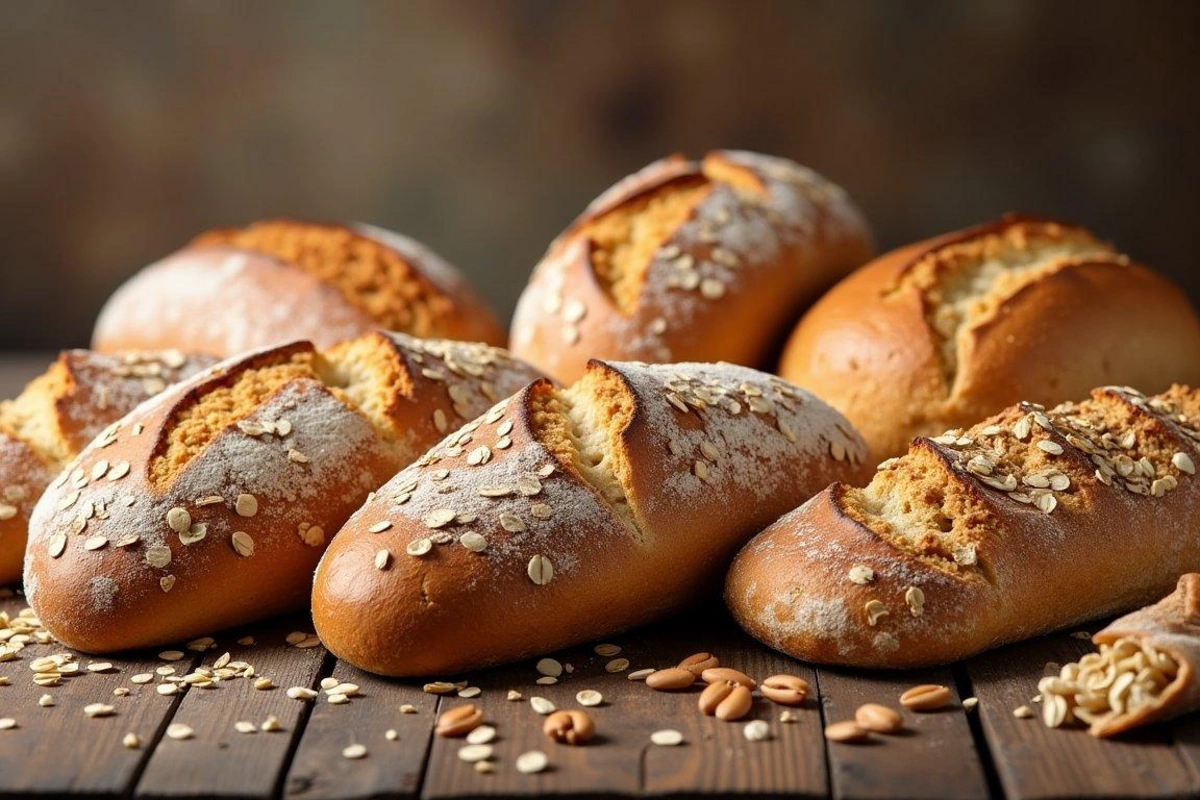Which bread is better to buy: nutritionists named 6 healthiest varieties

Choosing bread becomes a real challenge for those who care about their health. In the sea of various options, it's easy to get lost, especially when it comes to the nutritional value of the product. The situation is complicated by long and confusing lists of ingredients on store-bought bread labels.
Martha Stewart explains what characteristics to look for when choosing healthy bread and what advantages each type has, based on the opinions of nutrition experts.
100% whole grain bread
Among the healthiest options is 100% whole grain bread. "Whole grains retain all parts of the grain, which allows them to retain more fiber, vitamins, minerals, and plant compounds," explains certified dietitian-nutritionist Kristin Dilly.
This is especially valuable because fiber helps lower cholesterol levels and slows down the absorption of carbohydrates, providing a smoother increase in blood sugar levels. Additionally, it has a beneficial effect on digestion and serves as a nutrient medium for beneficial gut bacteria, strengthening gut health.
Multigrain bread
Unlike 100% whole grain bread, the multigrain option includes various types of grains, which may include both whole and refined grains.
Dietitian Susan Greeley notes that multigrain bread often contains oats, millet, amaranth, barley, rye, spelt, quinoa, corn, buckwheat, einkorn (an ancient type of wheat), and whole wheat. Additionally, it may contain pumpkin seeds, flax, chia, and sunflower seeds.
This rich composition provides good content of fiber, complex carbohydrates, a small amount of protein, and healthy fats. This bread is also a source of important vitamins and minerals, including B vitamins and chromium.
Sprouted grain bread
"Sprouted bread is whole grain bread whose grains have been soaked in water and left to germinate," explains dietitian Nicole Roach. This process activates enzymes that break down proteins and carbohydrates, making them more accessible for absorption. As a result, sprouted bread contains more easily digestible macro and micronutrients compared to regular whole grain bread.
Sourdough bread
Sourdough bread is produced by natural fermentation of a mixture of flour and water, forming a starter. The process involves lactic acid bacteria with probiotic properties, although most of them do not survive baking. Nevertheless, the finished product retains fiber, which supports gut health by feeding beneficial microflora.
This type of bread is also rich in B vitamins, which support the nervous and immune systems, as well as important minerals - magnesium, iron, and zinc.
Oat bread
Oat bread is a variety of whole grain bread with the addition of oatmeal or oat flour. It is made based on a combination of wheat flour and oats, as wheat is necessary for the formation of gluten, which ensures the rise of the dough.
Oats enrich bread with soluble fiber, which helps regulate blood sugar and cholesterol levels.
Flaxseed bread
"Flaxseed bread is bread with added flax seeds, whole or ground," explains Roach. It has a distinctive nutty flavor and contains fiber, as well as omega-3 fatty acids. "Fiber improves digestion, promotes satiety, and helps maintain normal blood sugar and cholesterol levels," adds the expert.
Omega-3 fatty acids, in turn, reduce inflammatory processes in the body, reducing the risk of developing cancer and cardiovascular diseases. Additionally, flaxseed bread is rich in antioxidant plant compounds - polyphenols.
Similar News
People born in these three months are created for a higher mission
Fate demands from some people not just to live life, but to fulfill it with awareness of their spiritual purpose. Astrology and numerology claim that there are...




 Azərbaycanca
Azərbaycanca  По-русски
По-русски  English
English 






